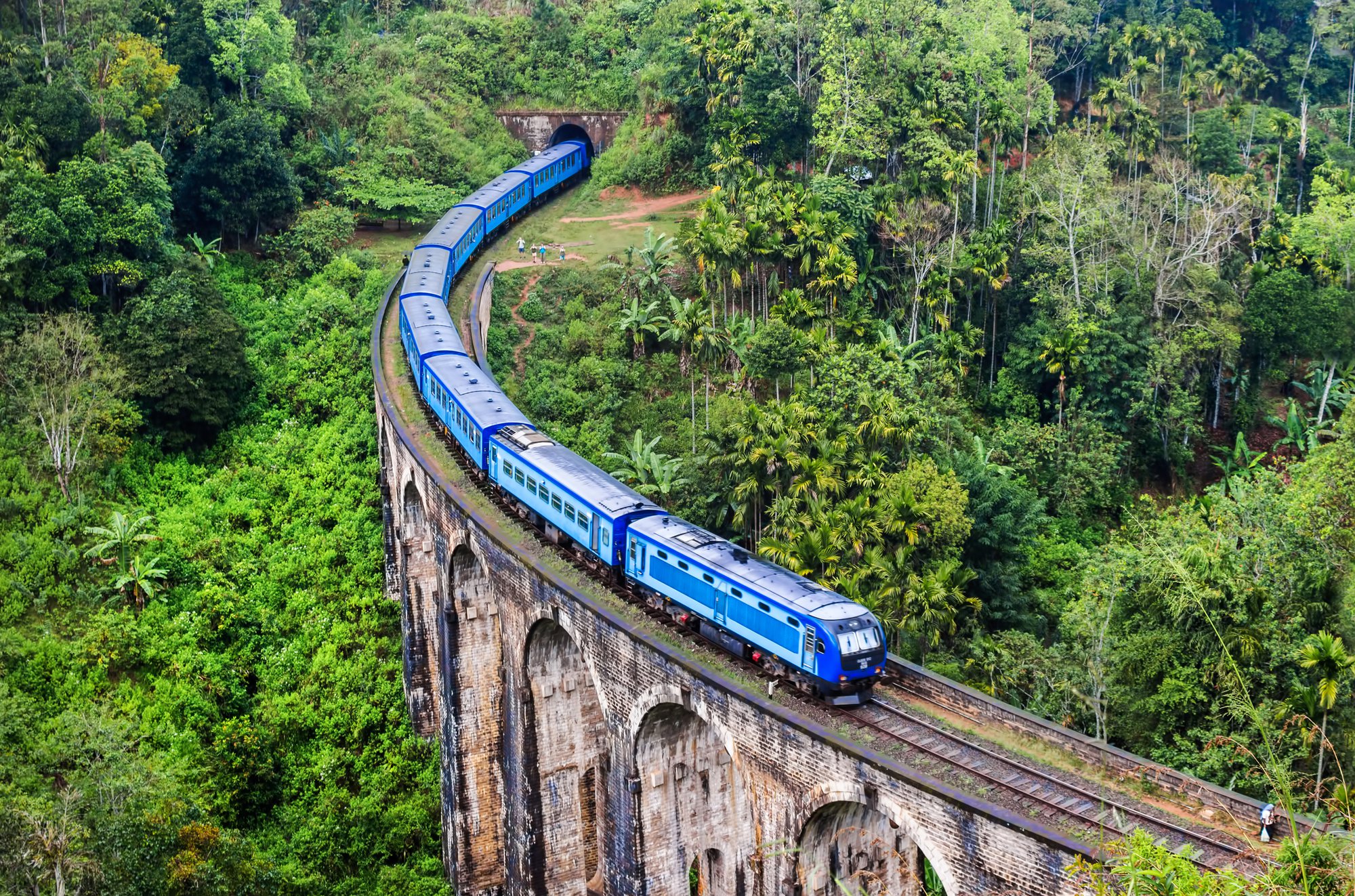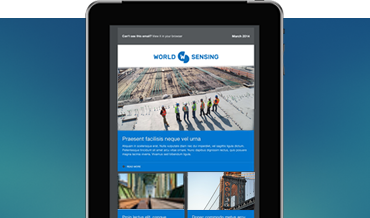An introduction to IoT wireless monitoring in the rail industry
The rail industry is moving rapidly to adopt Internet of Things (IoT) technology for remote monitoring, according to the Worldsensing webinar “IoT Wireless Monitoring in the Rail Industry”. An audience poll during the event revealed that 58% of attendees were already using IoT remote monitoring technologies for their projects, with a further 9% being unsure.
The reason for this growing popularity of IoT technology is that it allows rail operators to address several track monitoring challenges, the audience heard. Passenger safety depends on a range of track-related factors, including:
- Track stability and geometry, as measured by cant (the difference in elevation between the outer and inner rails), twist (the percentage of cant change per length unit) and vertical alignment or surface uniformity.
- Subsurface malfunctions, such as the capacity of the soil to drain water. Rail ballast monitoring is challenging because the electromagnetic properties of the subsurface are sensitive to the grading and water content of the material involved.
- Stability of track surroundings, such as the threat of embankment slippage, rock falls, physical infrastructure failures and tunnel convergence.
Rail monitoring requirements
For rail monitoring specifically, IoT technologies need to:
- Collect data on a wide variety of parameters in real time, using various types of sensor technology.
- Cope with high levels of vibration and limited access to railway tracks and surrounding areas.
- Provide long-distance monitoring on tracks and high-density data collection in stations.
- Continue working over long periods of time under varying environmental conditions.
- Work without the need for mains power supplies in remote areas.
- Reduce the need for human intervention where possible.
These challenges can be addressed through Worldsensing’s IoT remote monitoring platform. The solution includes battery-powered wireless devices such as data loggers and sensors as well as gateways and monitoring software, all using a long-range, low-power communications protocol called LoRa.
Long-range, low-power communications
The use of LoRa communications means Worldsensing technology can provide remote monitoring over large distances without the need for mains-powered data loggers. Their batteries can last several years without running out, minimizing the need for site visits. This need to avoid costly and disruptive track maintenance tasks emerged as a key concern for the rail industry during the Worldsensing webinar. It was cited as a challenge by 27% of respondents in an audience poll, equal only in importance to the need to monitor a wide variety of parameters.
“As a maintenance company, we suffer the cost of manpower,” says Juan Peset Iribarren, Head of Innovation, Research and Development at Comsa, a global infrastructure developer. “The machinery is also very expensive,” he says.
Offering real-time visibility of data
Another issue that IoT technology can solve is a lack of real-time information on rail conditions, he says. With manual data collection, “even if you are spending a lot of money, you are not getting the level of excellence that you would like to see,” he says.
Marco Bocci, Instrumentation and Monitoring Coordinator at EKFB, a joint venture of Eiffage, Kier, Ferrovial Construction and BAM Nuttall, adds that to minimize geotechnical risks, “there’s a huge variability of data to be collected. Sensors play a very important part in this.”
To find out more, watch the webinar now.

